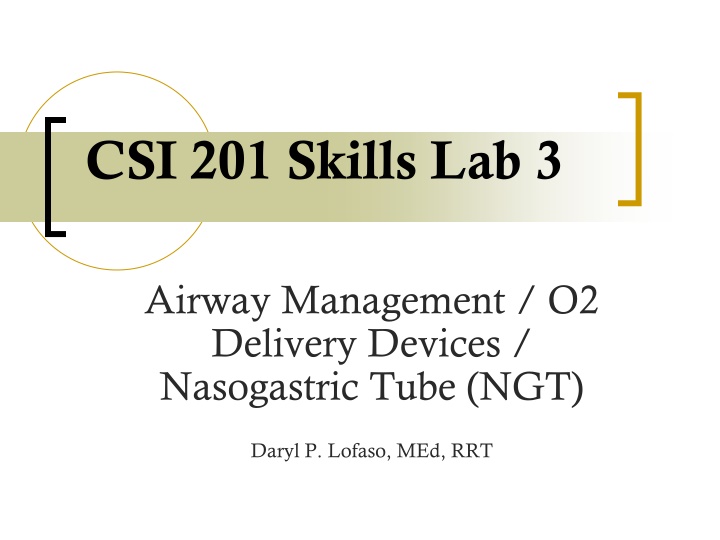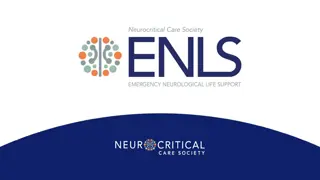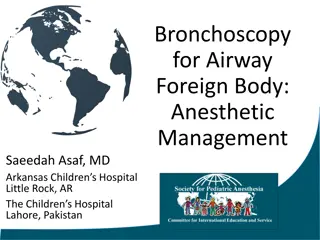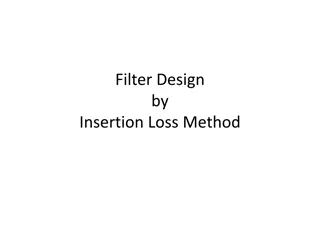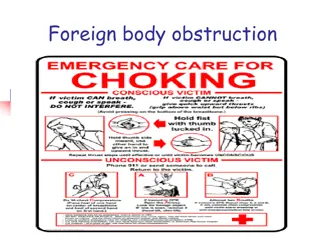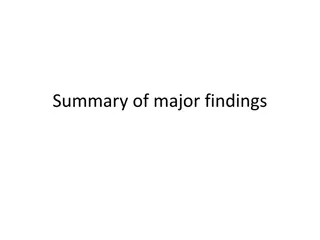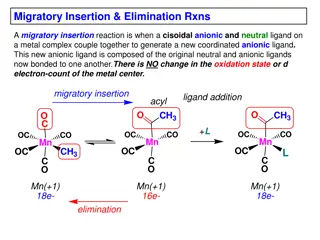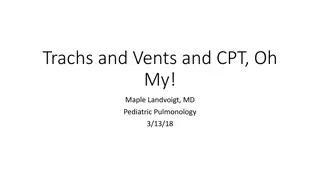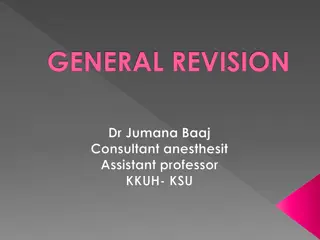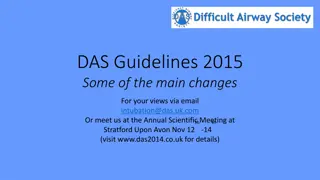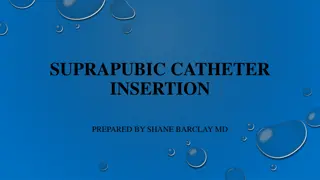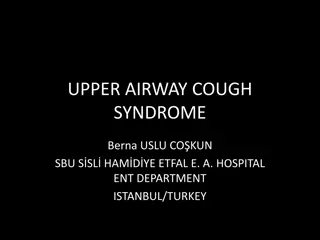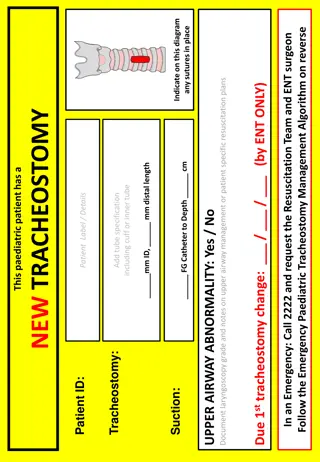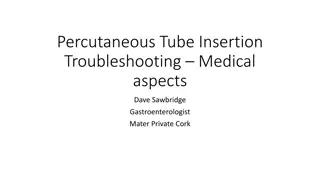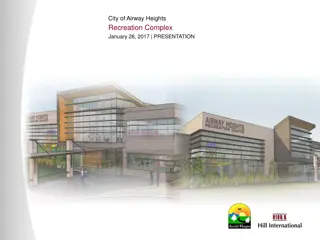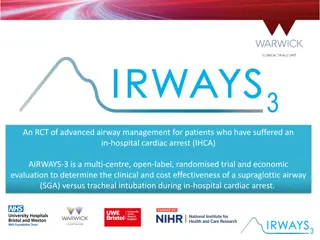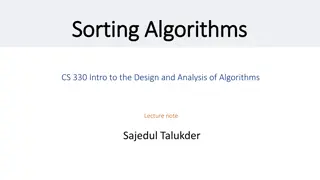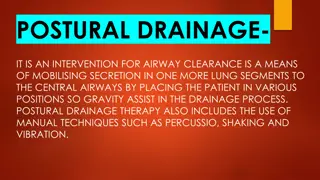Airway Management and NGT Insertion Guidelines
This collection provides comprehensive guidance on airway management, O2 delivery devices, and Nasogastric Tube (NGT) insertion. Explore the anatomy of the digestive system, indications for NGT insertion, measurement techniques, and best practices. Learn about artificial airways, oral airway placement, BVM ventilation, equipment for intubation, and types of artificial airways available. Improve your skills in airway management and enhance patient care.
Download Presentation

Please find below an Image/Link to download the presentation.
The content on the website is provided AS IS for your information and personal use only. It may not be sold, licensed, or shared on other websites without obtaining consent from the author.If you encounter any issues during the download, it is possible that the publisher has removed the file from their server.
You are allowed to download the files provided on this website for personal or commercial use, subject to the condition that they are used lawfully. All files are the property of their respective owners.
The content on the website is provided AS IS for your information and personal use only. It may not be sold, licensed, or shared on other websites without obtaining consent from the author.
E N D
Presentation Transcript
CSI 201 Skills Lab 3 Airway Management / O2 Delivery Devices / Nasogastric Tube (NGT) Daryl P. Lofaso, MEd, RRT
Overview of the Digestive System
Indications for Naso-Oral Gastric Tube Intubation (NGT) Decompression removing gaseous and liquids in GI Compression applying pressure (esophageal varicies) Gavage feeding Lavage wash out stomach Gastric Analysis laboratory examination of stomach content
Measurement of NGT: Insertion Distance
NGT Insertion Recommendations: Advance the tube when patient swallows Stop if there is marked resistance. DO NOT FORCE. Excessive gasping or coughing or cyanosis; tube may be in the trachea
Indications for Artificial Airways To relieve airway obstruction To facilitate removal of secretions To protect the lower airways for aspiration To facilitate the application of positive pressure ventilation
Bag-Valve-Mask (BVM) Ventilation
BVM Failure Air leak Improper mask size Poor contact points nasal bridge, malar eminence, mandible Airway obstruction Head and neck positioning Tongue
Types of Artificial Airways Oral ET tube Quickest and easiest to place Offers less resistance the Nasal ET (shorter) Discomfort & gagging common Accidental extubation Oral hygiene is difficult
Types of Artificial Airways (cont.) Nasal ET tube More difficult to insert the oral ETT Blind insertion More stable and better oral hygiene May cause necrosis of nasal septum, turbinates and external meatus May block sinuses or eustachian tubes causing otitis media or sinusitis
Types of Artificial Airways (cont.) Tracheostomy tube Most efficient airway ( WOB) Device of choice for airway obstruction and trauma Allows oral feeding Requires surgery - Invasive Indications for prolonged artificial airway Complications - hemorrhage, scarring, greater bacterial colonization rate
Airway Assessment Mallampati Classification Class I: soft palate, fauces, uvula, pillars Class II: soft palate, fauces, portion of uvula Class III: soft palate, base of uvula Class IV: hard palate only
Indications for Intubation Cardiac arrest Respiratory arrest Inability to ventilate Inability for patient to protect airway Inability for rescuer to ventilate unconscious patient (BVM)
Confirmation of ET Placement Visualization Auscultation ETCO2 Chest X-ray (CXR)
Respiratory Failure Inability to remove CO2 and deliver O2 to the pulmonary capillary bed Acute or Chronic Two main groups Hypoxia respiratory failure Hypercapnic-hypoxic respiratory failure
Symptoms of Hypoxia Tachypnea Tachycardia Anxiety Alterations in BP Confusion Somnolence
Symptoms of Hypercapnia Restlessness Tremor Slurred speech Lethargy Somnolence Coma
Signs of Impending Respiratory Failure Respiratory rate > 35 PaO2 < 55 on FiO2 > 50% Hemodynamic instability
Infections Endotracheal intubation and tracheostomy are the major risk factors for nosocomial Lower Respiratory Infections (LRI). Nosocomial LRIs are the most dangerous of nosocomial infections with a case fatality rate of 30%.
Infections Stethoscopes have been shown to be colonized by bacteria in research studies. Over 80% of stethoscopes examined in one study were colonized by microbacteria, the majority of which was Methicillan-resistant Staph aureus (MRSA), and physician s stethoscopes were proven to be the most contaminated
Prevention of Nosocomical Infections Hand washing, barrier isolation materials, and decontamination of respiratory equipment can prevent Nosocomial LRI.
